Tag: Manchester VA
Wikipedia says: Manchester is a former independent city in Virginia in the United States. Prior to receiving independent status, it served as the county seat of Chesterfield County, between 1870 and 1876. Today, it is a part of the city of Richmond, Virginia.
Originally known as Manastoh and later Rocky Ridge, it was located on the south bank of the James River at the fall line opposite the state capital city of Richmond, on the north side of the river. Manchester was an active port city, and was a port of entry for slave ships principally in the 18th century. The port shipped out tobacco and coal which was transported 13 miles overland from the Midlothian-area mines on the Midlothian Turnpike, first paved toll road in Virginia in 1807, and the Chesterfield Railroad, the state’s first in 1831. Manchester became an incorporated town in 1769 and an independent city in 1874. In 1910, it merged by mutual agreement with the larger state capital City of Richmond, achieving another “first” as the earliest of Virginia’s independent cities to lose its identity.
Rocky Ridge, seaport, mills, and railroads
As a result of the Second Anglo-Powhatan War, in 1645 the Virginia Colony’s House of Burgesses provided for Fort Charles to be built and garrisoned at the Falls of the James, to protect the frontier. After two years, Fort Charles was relocated to the south side, to the high ground above the later Atlantic Coast Line Railroad Bridge, on a tract owned by Capt. Thomas Harris. This land was then still known by its native name, Manastoh, but was thereafter renamed Rocky Ridge by the English. Rocky Ridge in 1769 became an incorporated town on Chesterfield County, with the name of Manchester.
Manchester grew to become a major seaport in the 17th through 19th centuries, as did its neighbor Richmond on the north bank of the river. Both were located at the head of navigation of the tidal James River at the geological fall line. Above that point, the river consists of seven miles of rapids before becoming more navigable again west of Richmond, although much shallower.
Before the American Revolutionary War, tobacco industries made the town their home. It was also known as a major slave market. Manchester was commercially successful primarily due to its agricultural mills and docks.
From northwestern Chesterfield County, coal from the Midlothian area 13 miles west was transported to the docks at Manchester, first on the Manchester Turnpike, a toll road and Virginia’s first graveled road of any length completed in 1807. Later, beginning in 1831, the congested turnpike was supplemented by the gravity and mule-powered Chesterfield Railroad, the first railroad in Virginia, partially engineered and funded by the Virginia Board of Public Works. For its final several miles, the line followed present-day Maury Street, which was the southern border of Manchester for many years. It crossed over the steam-powered Richmond and Petersburg Railroad (later Atlantic Coast Line Railroad) tracks (now abandoned) on a high trestle between what is now Clopton Street and Jefferson Davis Highway. When the new Richmond and Danville Railroad (R&D) was completed between Manchester and Coalfield Station (now Midlothian) in 1851, the older Chesterfield Railroad was unable to compete and portions were acquired by the R&D, with the remainder dismantled before the Civil War took place.
Showing 1–16 of 39 results
-
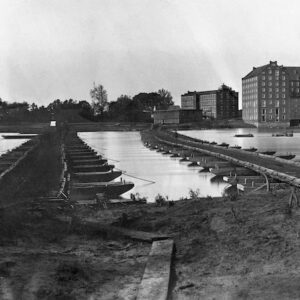
Image ID: AAJQ
$4.99 – $6.99 This product has multiple variants. The options may be chosen on the product page -
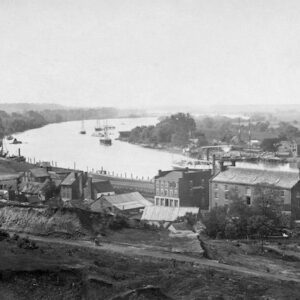
Image ID: AAKR
$6.99 -

Image ID: AAKS
$4.99 – $5.99 This product has multiple variants. The options may be chosen on the product page -
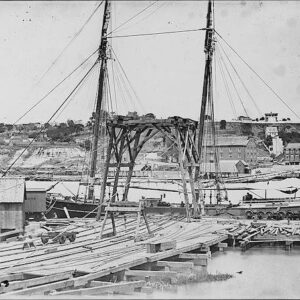
Image ID: AAKT
$3.99 – $6.99 This product has multiple variants. The options may be chosen on the product page -
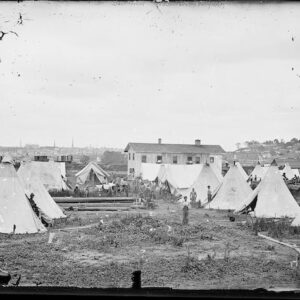
Image ID: AAKU
$4.99 -
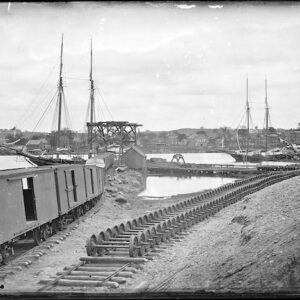
Image ID: ABDJ
$4.99 -
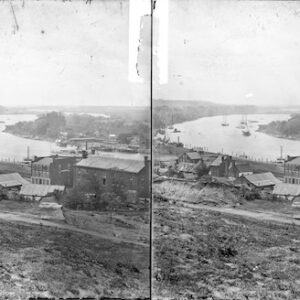
Image ID: ABOU
$6.99 -
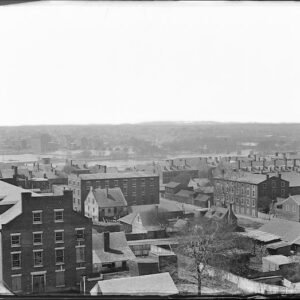
Image ID: ACGD
$4.99 – $6.99 This product has multiple variants. The options may be chosen on the product page -
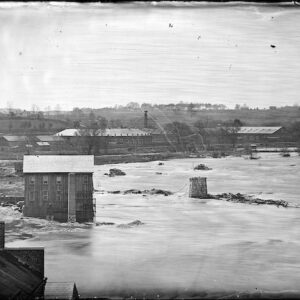
Image ID: ACTS
$4.99 -
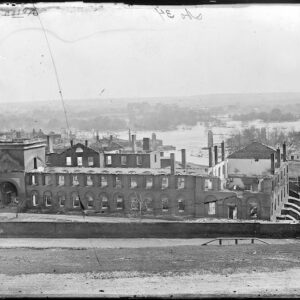
Image ID: AEQM
$4.99 -
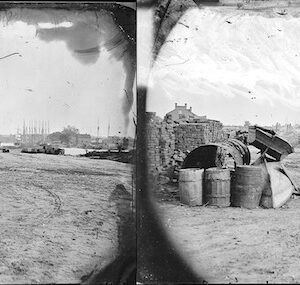
Image ID: AFGM
$3.99 – $6.99 This product has multiple variants. The options may be chosen on the product page -
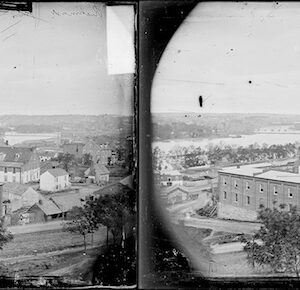
Image ID: AFLU
$3.99 -
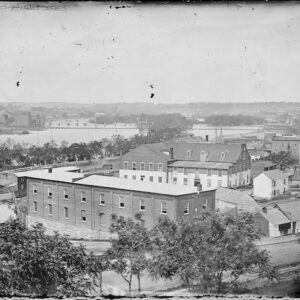
Image ID: AGLS
$4.99 – $6.99 This product has multiple variants. The options may be chosen on the product page -
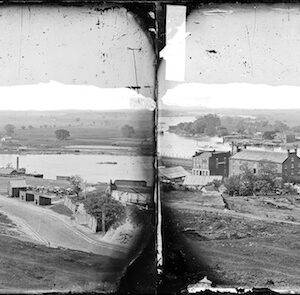
Image ID: AGZZ
$3.99 – $4.99 This product has multiple variants. The options may be chosen on the product page -
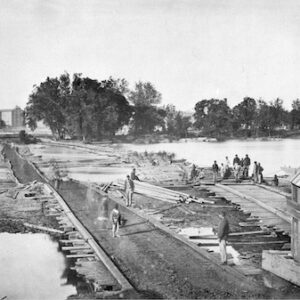
Image ID: AHCO
$2.99 -
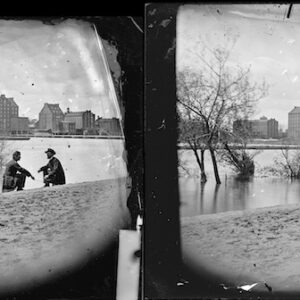
Image ID: AHCU
$3.99